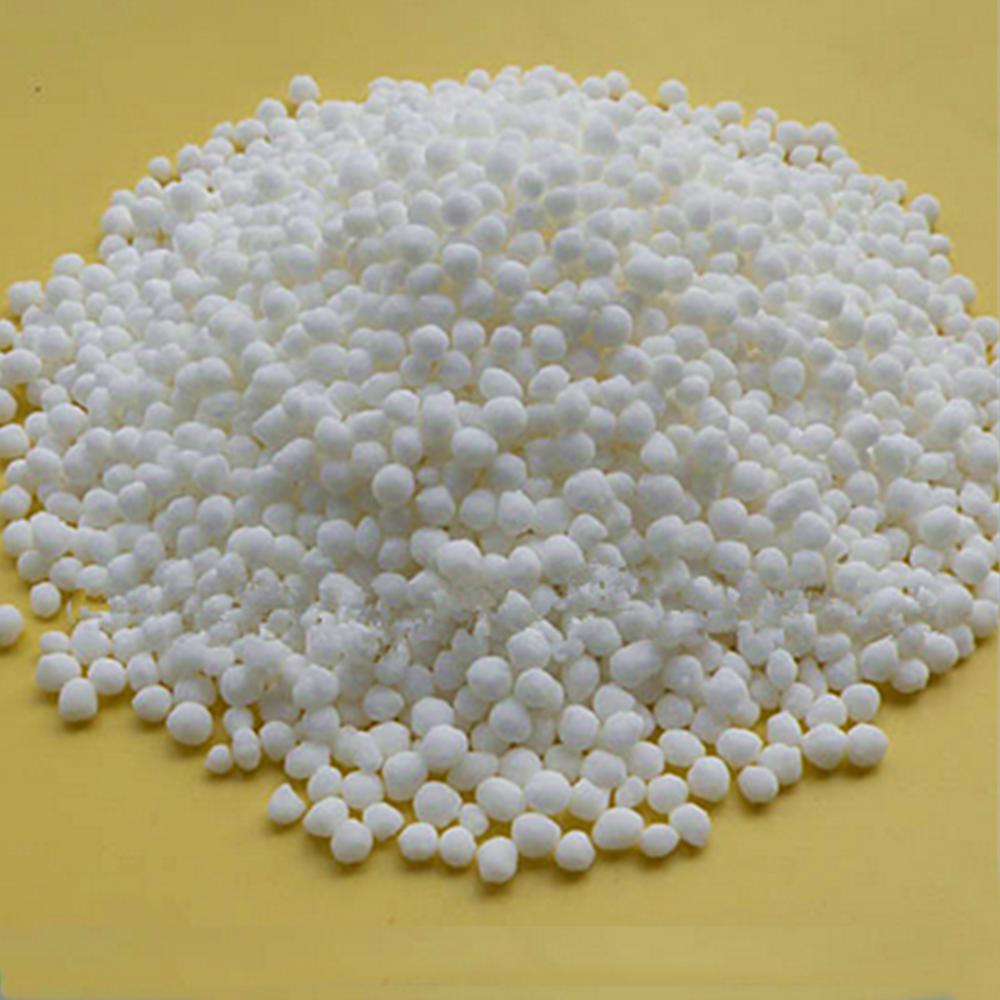



1310 73 2 cas number
The topic at hand appears to revolve around the chemical compound with the CAS number 1310-73-2, which corresponds to sodium hydroxide (NaOH), a substance widely known for its applications in various industrial and household sectors.
Sodium hydroxide, often referred to as lye or caustic soda, is an inorganic compound that is highly soluble in water and is known for its strong alkaline properties. As a white solid, NaOH typically appears as pellets, flakes, or a dense liquid in its commercial form. Due to its reactivity and corrosiveness, it is classified as a hazardous substance and must be handled with utmost care.
.
In addition to its role in soap production, sodium hydroxide is instrumental in the pulp and paper industry. It is utilized in the pulping process to separate cellulose fibers from lignin, thereby producing pulp for paper manufacturing. This application underscores sodium hydroxide's versatility and importance in creating everyday products.
1310 73 2 cas number

Moreover, sodium hydroxide is employed in water treatment facilities to adjust the pH levels of water, making it suitable for consumption. By neutralizing acidic substances, it helps in preventing corrosion in pipes and infrastructure, ensuring the reliability of water supplies.
Despite its beneficial uses, sodium hydroxide poses significant health risks if mismanaged. Exposure can lead to severe chemical burns, respiratory issues, and eye damage. Therefore, personal protective equipment (PPE) such as gloves, goggles, and face shields is essential when working with NaOH. Furthermore, proper training in handling and emergency response procedures is crucial in any setting that utilizes sodium hydroxide.
In conclusion, sodium hydroxide, identified by its CAS number 1310-73-2, is a fundamental compound in numerous industrial processes. Its role in soap making, paper production, and water treatment highlights its significance in modern applications. However, the hazardous nature of this chemical necessitates cautious handling and a thorough understanding of safety protocols to prevent accidents and ensure the well-being of individuals and the environment. The ongoing demand for sodium hydroxide across various industries attests to its enduring relevance in everyday life.
-
Why Sodium Persulfate Is Everywhere NowNewsJul.07,2025
-
Why Polyacrylamide Is in High DemandNewsJul.07,2025
-
Understanding Paint Chemicals and Their ApplicationsNewsJul.07,2025
-
Smart Use Of Mining ChemicalsNewsJul.07,2025
-
Practical Uses of Potassium MonopersulfateNewsJul.07,2025
-
Agrochemicals In Real FarmingNewsJul.07,2025
-
Sodium Chlorite Hot UsesNewsJul.01,2025










